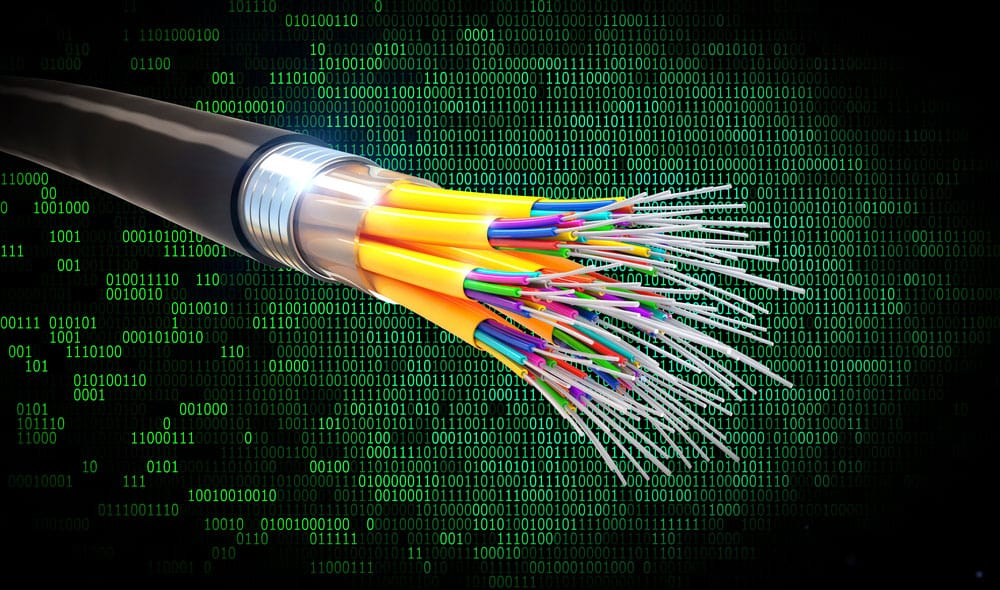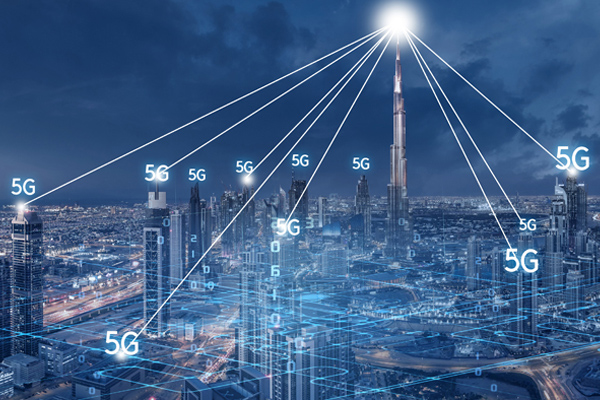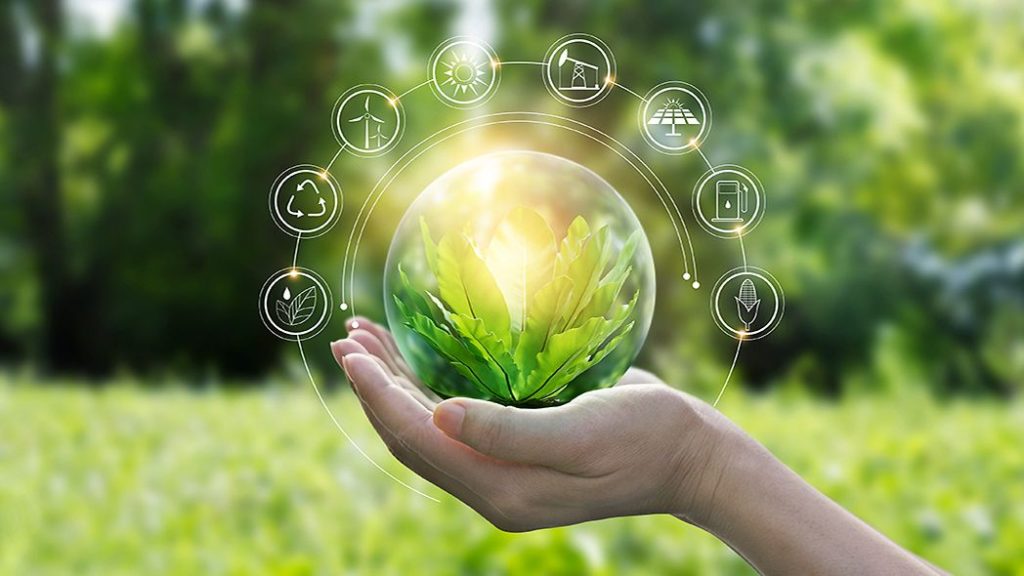In an era where digital infrastructure is as critical as roads and power grids, the European Union (EU) has substantially committed to modernizing its network capabilities. The EU has recently announced an investment of nearly 900 million euros to accelerate the rollout of 5G technology and fiber optic networks across its member states. This financial injection is part of a broader strategy to boost Europe’s digital economy, strengthen its global competitiveness, and bridge the digital divide between urban and rural areas.

A Vision for a Digitally Connected Europe
The EU’s investment in 5G and fiber optic cable development is aligned with its ambitious Digital Decade targets, which seek to bring cutting-edge connectivity to all citizens by 2030. The goal is to ensure that all European households have access to gigabit-speed internet and that 5G coverage is available across the continent. This move reflects a recognition that high-speed, reliable internet is essential for fostering innovation, supporting business growth, and enhancing the quality of life for millions of people.
The funding is expected to accelerate the deployment of fiber optic infrastructure, the backbone of modern digital communications. Fiber optics, known for their high bandwidth, low latency, and reliability, are critical for supporting the next generation of digital applications, from telemedicine to autonomous vehicles. In tandem, the expansion of 5G technology will unlock new opportunities for industries and consumers alike, enabling faster mobile internet speeds, more responsive networks, and new services that rely on real-time data processing.
Why Fiber Optic Cable Development Is Key
Fiber optic cable development is at the heart of the EU’s digital expansion strategy. Fiber optics play a vital role in modern telecommunications infrastructure because they offer far superior performance compared to traditional copper-based networks. Fiber optic cables use light to transmit data, allowing for much faster and more reliable data transfer over long distances with minimal signal degradation.
The advantages of fiber optics over other technologies are numerous:
- High Bandwidth: Fiber optic cables can handle vast amounts of data simultaneously, making them ideal for supporting the growing demand for data-heavy applications like streaming, cloud computing, and video conferencing.
- Low Latency: Fiber networks minimize the delay in data transmission, a critical factor for real-time applications such as online gaming, virtual reality, and remote surgery.
- Future-Proofing: Unlike copper networks, fiber optics can handle the ever-increasing volume of data traffic, ensuring that infrastructure investments today will remain viable for decades to come.
- Energy Efficiency: Fiber optic networks are more energy-efficient than their copper counterparts, which aligns with the EU’s broader sustainability goals.
The push for fiber optic development is also essential in preparing Europe for the surge in connected devices. The Internet of Things (IoT), smart cities, and Industry 4.0 initiatives rely on fast, reliable, and scalable networks, which fiber optics are uniquely positioned to support.
5G and Fiber Optic Synergy: A Powerhouse for Connectivity
While fiber optics will serve as the backbone for Europe’s digital infrastructure, 5G technology represents the next leap forward in mobile connectivity. The rollout of 5G across Europe is about improving mobile internet speeds and enabling a new range of technologies and services that were not possible with previous generations of mobile networks.

The synergy between fiber optic cable development and 5G is crucial. While 5G is a wireless technology, it relies on a robust network of fiber optic cables to connect cell towers and ensure high-speed data transmission between them. In essence, fiber optics will provide the foundational infrastructure that allows 5G to function at its full potential.
The combination of 5G and fiber optics is expected to revolutionize several industries:
- Healthcare: With 5G’s ultra-low latency and fiber’s high-speed connections, telemedicine, remote surgeries, and real-time patient monitoring will become more feasible and widespread, improving healthcare access and outcomes.
- Manufacturing: Industry 4.0 initiatives, which involve automating and digitizing manufacturing processes, will benefit from the reliable and fast data exchange provided by fiber optics and 5G. This will enable smarter factories, increased efficiency, and new production capabilities.
- Transportation: Autonomous vehicles, smart traffic systems, and real-time logistics tracking will be enabled by the low-latency, high-speed communications that fiber and 5G provide.
- Entertainment and Media: The demand for immersive experiences like virtual reality (VR), augmented reality (AR), and 4K/8K video streaming will require the bandwidth and low latency that only fiber and 5G can deliver.
Addressing the Digital Divide
One of the most critical aspects of the EU’s investment is its focus on bridging the digital divide. In many parts of Europe, particularly in rural and underserved areas, access to high-speed internet remains limited. This lack of connectivity not only hampers economic development but also exacerbates inequalities in education, healthcare, and access to government services.
By investing in fiber optic cable development and 5G, the EU aims to ensure that all citizens, regardless of where they live, can benefit from the digital economy. Fiber optics will be extended to remote regions, ensuring that even the most rural communities have access to fast, reliable internet. This investment will play a significant role in leveling the playing field and fostering economic growth in areas that have traditionally been left behind.
Green Connectivity: A Sustainable Future
In addition to the economic and social benefits, the EU’s investment in fiber optic and 5G infrastructure is also aligned with its sustainability goals. The European Green Deal, which aims to make Europe climate-neutral by 2050, places a strong emphasis on the role of technology in achieving environmental objectives.

Fiber optic networks, as mentioned earlier, are more energy-efficient than traditional copper networks. They require less power to transmit data over long distances, reducing the overall carbon footprint of telecommunications infrastructure. Furthermore, the deployment of fiber optics and 5G will enable the development of smart technologies that can help reduce energy consumption across various sectors.
For example, smart grids, powered by fast, reliable internet connections, can optimize energy use in real time, reducing waste and lowering carbon emissions. Similarly, IoT devices connected via 5G and fiber networks can monitor and manage resources more efficiently, from water usage in agriculture to energy consumption in homes and offices.
Challenges and Opportunities Ahead
While the EU’s investment represents a significant step forward, there are challenges to overcome in the rollout of fiber optic and 5G networks. One of the primary hurdles is the complexity of coordinating infrastructure projects across multiple countries with varying regulatory environments, technical standards, and market conditions.
Additionally, concerns around cybersecurity, data privacy, and the potential health impacts of 5G technology continue to be raised by various stakeholders. Addressing these issues will require collaboration between governments, industry players, and civil society to ensure that the benefits of fiber optic and 5G technologies are realized safely and securely.
Despite these challenges, the opportunities presented by the EU’s investment are vast. The acceleration of fiber optic cable development and 5G deployment will not only enhance Europe’s digital capabilities but also position it as a leader in the global digital economy. By fostering innovation, creating jobs, and improving the quality of life for its citizens, the EU is laying the groundwork for a digitally connected and sustainable future.
Conclusion: A New Era of Connectivity
The EU’s decision to invest nearly 900 million euros in accelerating the deployment of fiber optics and 5G marks a turning point in Europe’s digital transformation. As fiber optic cable development continues to expand, it will provide the foundation for a wide range of emerging technologies and services that will define the next decade.
From faster internet speeds and more reliable connectivity to smarter cities and more efficient industries, the impact of this investment will be felt across every sector of the economy. With fiber optics at the core of this transformation, Europe is well on its way to becoming a global leader in digital innovation and sustainable connectivity.